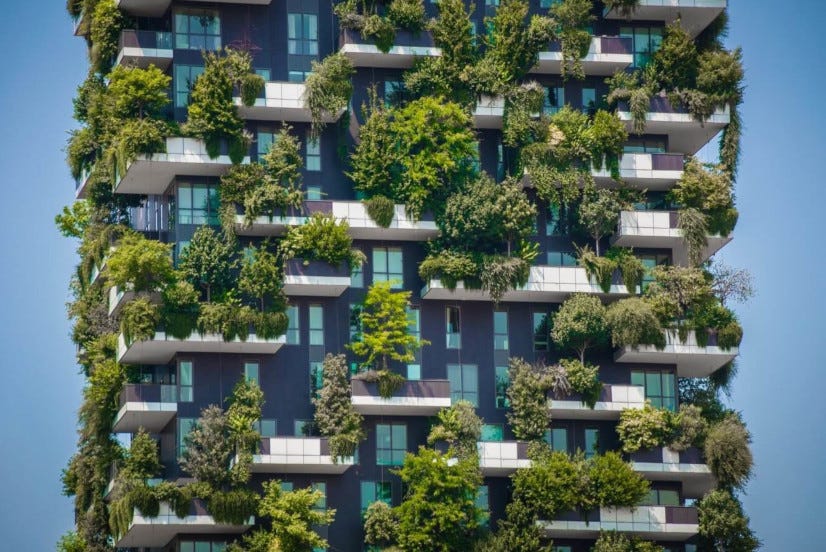Green Building: Eco-Conscious Practices for Sustainable Living

Green Building: Eco-Conscious Practices for Sustainable Living
Eco-conscious building practices are at the forefront of sustainable living, emphasizing environmentally friendly approaches that reduce the ecological impact of construction and promote long-term resilience. This guide explores key practices that align with green building principles, contributing to a healthier planet and more sustainable communities.
Energy-Efficient Design and Renewable Energy Integration
One of the fundamental aspects of eco-conscious building is energy-efficient design. Incorporating features such as proper insulation, energy-efficient windows, and strategic placement of windows to maximize natural light can significantly reduce the need for artificial lighting and heating. Furthermore, integrating renewable energy sources like solar panels enhances a building’s sustainability by generating clean energy and minimizing reliance on non-renewable resources.
Optimal Use of Sustainable Materials
Choosing sustainable materials is a cornerstone of eco-conscious building practices. This involves opting for materials with lower environmental impact, such as reclaimed wood, bamboo, recycled metal, and low-VOC (volatile organic compound) paints and finishes. These choices not only reduce the demand for new resources but also contribute to healthier indoor air quality.
Water Efficiency and Conservation Measures
Water conservation is paramount in eco-conscious building. Implementing water-efficient fixtures, rainwater harvesting systems, and permeable landscaping can significantly reduce water consumption. Low-flow toilets, aerated faucets, and smart irrigation systems are examples of eco-friendly practices that help conserve water resources without compromising functionality.
Green Roof and Sustainable Landscaping
Green roofs, featuring vegetation and plant life, offer a range of benefits in eco-conscious building. They provide natural insulation, absorb rainwater, reduce the urban heat island effect, and create habitats for local wildlife. Coupled with sustainable landscaping practices, such as native plant selection and efficient irrigation, green spaces around buildings contribute to biodiversity and environmental balance.
Waste Reduction and Recycling Strategies
Minimizing construction waste is a key aspect of eco-conscious building practices. Implementing waste reduction and recycling strategies ensures that materials are repurposed or recycled rather than sent to landfills. This involves proper sorting of construction debris and partnering with recycling facilities to responsibly manage waste generated during the building process.
Efficient Use of Space and Smart Design Strategies
Eco-conscious building emphasizes the efficient use of space and smart design strategies. This includes optimizing building orientation for natural light and ventilation, using multifunctional spaces to reduce the overall footprint, and incorporating passive design principles. Thoughtful architectural planning enhances energy efficiency and overall sustainability.
Building Certification Programs and Standards
Building certification programs and standards, such as LEED (Leadership in Energy and Environmental Design) or BREEAM (Building Research Establishment Environmental Assessment Method), provide guidelines for eco-conscious building. Achieving certification involves meeting specific criteria related to energy performance, water efficiency, indoor environmental quality, and sustainable site development.
Community Engagement and Environmental Education
Incorporating community engagement and environmental education into eco-conscious building practices fosters a holistic approach to sustainability. Projects that involve and educate local communities create a sense of environmental responsibility and contribute to a broader understanding of the interconnectedness between buildings and the surrounding ecosystem.
Life Cycle Assessment and Long-Term Resilience
Eco-conscious building practices extend beyond construction to consider the entire life cycle of a building. Conducting a life cycle assessment helps evaluate the environmental impact of a structure from raw material extraction to demolition. By prioritizing durability, adaptive reuse, and easy recyclability, buildings can contribute to long-term resilience and sustainability.
Conclusion: Building a Greener Future
Eco-conscious building practices play a pivotal role in shaping a greener future. From energy-efficient design to sustainable materials, water conservation, and community engagement, these practices contribute to a more harmonious relationship between the built environment and nature. Explore more about eco-conscious building practices at Eco-Conscious Building Practices and join the movement towards sustainable living.









